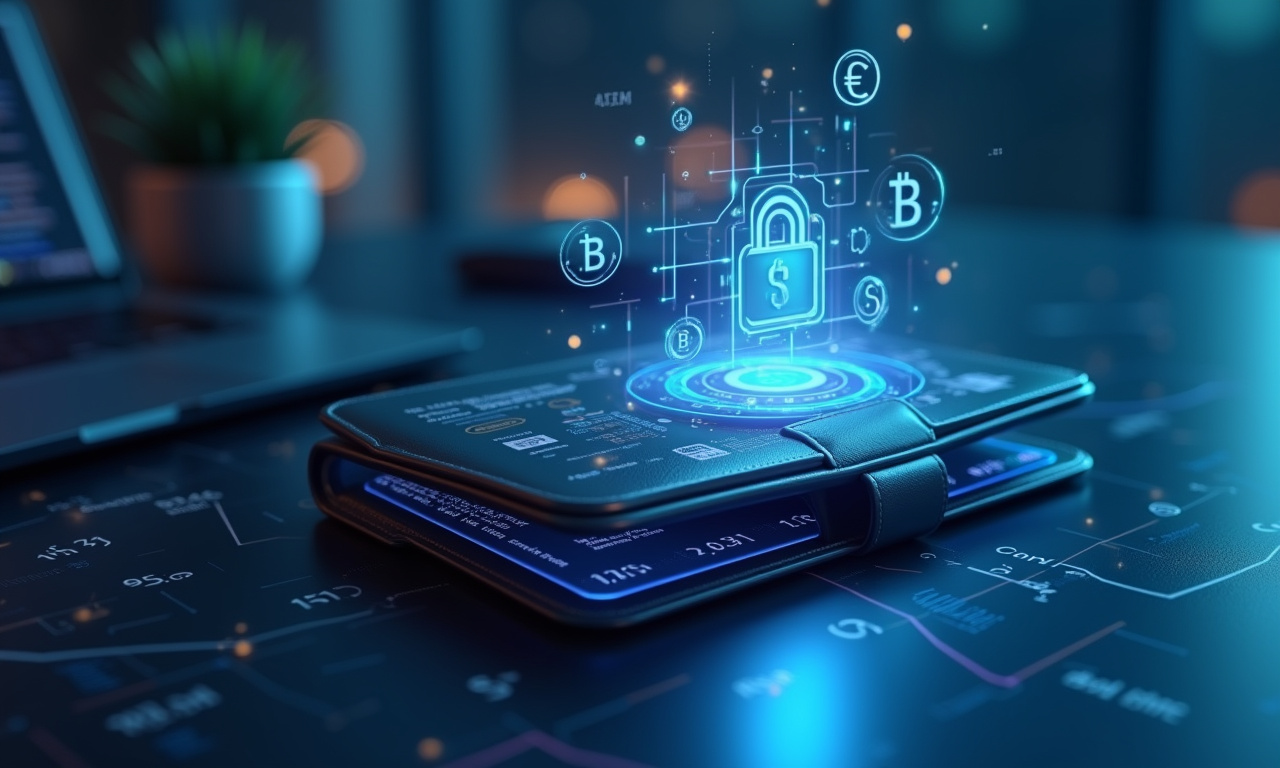Crypto Calamities How Users Inadvertently Lose Their Digital Assets

Cryptocurrency users experience challenges like none others when it comes to protecting their crypto fortunes. It’s time for cryptocurrency holders to assume responsibility for their asset protection. This is a marked shift from legacy financial systems, where institutions take on that responsibility. With this responsibility comes significant challenges. The intricacies of using blockchain technology often result in users permanently losing access to their funds without even realizing what the misstep was. Be it via user error, technological failure, or cyber warfare, the complete and permanent loss of crypto assets is tragic and violent.
The fundamental problem is the trust that users just have in third parties. Cryptocurrency users who keep their digital assets on exchanges are playing a continuous game of Digital Roulette. That trust fuels vulnerabilities that crafty hackers are constantly taking advantage of. The unique nature of cryptocurrency—which requires users to control cryptographic keys—complicates the risk further. These keys—typically represented as 12–24 word-long strings—serve as the main key to a user’s cryptocurrency assets. Unfortunately, most cryptocurrency users keep these sequences in lax hands or never remember where they put them in the first place. These factors have led to thousands of tales of lost fortunes. Yet they have resulted in broken hope in the crypto sphere.
The Perilous Reliance on Cryptocurrency Exchanges
Cryptocurrency exchanges provide a user-friendly platform for individuals to trade and manage their digital asset investments. This convenience comes at a price. When users place their crypto on an exchange, they lose access to their private keys. It also means that they are fully at the mercy of the security practices and design choices made by the exchange.
The history of crypto is littered with high-profile exchange hacks. The notorious Mt. Gox disaster and the Coincheck hack that just assailed Japanese investors have stung cryptocurrency investors as of late. Collectively, these disasters have caused tens of billions of dollars in damages. In each case, hackers exploited vulnerabilities in the exchange's security infrastructure to steal users' funds. When a centralized exchange gets hacked, users have few or no protections to get back their assets.
Even when an exchange is not directly hacked, it can still be a source of risk to users’ funds. Further, even if an exchange is regulatory compliant, it can still be subject to regulatory scrutiny including the potential freezing or seizure of assets. Or they can face the technical challenges, such as a recent AWS server outage, that keep users from getting into their accounts. For all of these reasons, trusting exchanges to keep your cryptocurrency is a dangerous gamble.
The Careless Handling of Recovery Phrases
A recovery phrase is 12 to 24 word string, referred to as a seed phrase or mnemonic phrase. This phrase acts as the master key for all of your crypto wallet’s contents. When a user creates a new wallet, they choose this string of words themselves. It allows them to recover their wallet and funds in the event that their device is lost, stolen, or destroyed. The recovery phrase stands in for the master key to all cryptocurrency holdings. Whoever holds this passphrase has full dominion over the linked cryptocurrency.
Even though recovery phrases are one of the most important overlooked aspects of recovery, many crypto users still keep them insecurely. Additionally, many users take screenshots of their recovery phrases. Artists tend to download these images on their home or mobile devices, leaving themselves vulnerable to threats from malicious software and hacking. Others simply email their recovery phrase to themselves. Some people save them to third-party cloud storage providers, which can be irresistible honeypots for cybercriminals.
Storing your recovery phrase by writing it down sounds safe, but this can be a big mistake. Without keeping that paper somewhere protected and secure, you risk opening yourself up to loss. If the paper is lost or stolen, the new owner has access to the user’s cryptocurrency. Almost crypto asset users lose access to their storage, where all of these essential seed phrases are stored. In fact, the negligent treatment of recovery phrases is one of the leading reasons people lose their cryptocurrency altogether.
Forgotten Keys and Digital Graveyards
Even crypto users can follow steps to keep their recovery phrase safe. Unfortunately, they can still forget where they put it, leaving them vulnerable. This is especially true for users who have a number of different wallets. That’s true for everyone, even veterans in the crypto space. After some time, it may be difficult to remember which method you used to store your recovery phrase.
The implications of losing a recovery phrase are dire. Without the recovery phrase, you cannot retrieve the cryptocurrency attached to it. The money is as good as gone, buried in the digital desert. There is no central authority or customer support service that can help users recover their funds if they lose their recovery phrase.
Most of the early adopters of cryptocurrency have died without instructions to their heirs on accessing their digital wealth. Our long history of neglect has compounded the problem of lost keys and the access to our increasingly digital assets. As a consequence, billions worth of crypto have been irretrievably destroyed. Requiem for lost keys The case of the lost keys serves as a lesson in what cannot happen when it is time to deal with your crypto assets.

Tran Quoc Duy
Blockchain Editor
Tran Quoc Duy offers centrist, well-grounded blockchain analysis, focusing on practical risks and utility in cryptocurrency domains. His analytical depth and subtle humor bring a thoughtful, measured voice to staking and mining topics. In his spare time, he enjoys landscape painting and classic science fiction novels.


